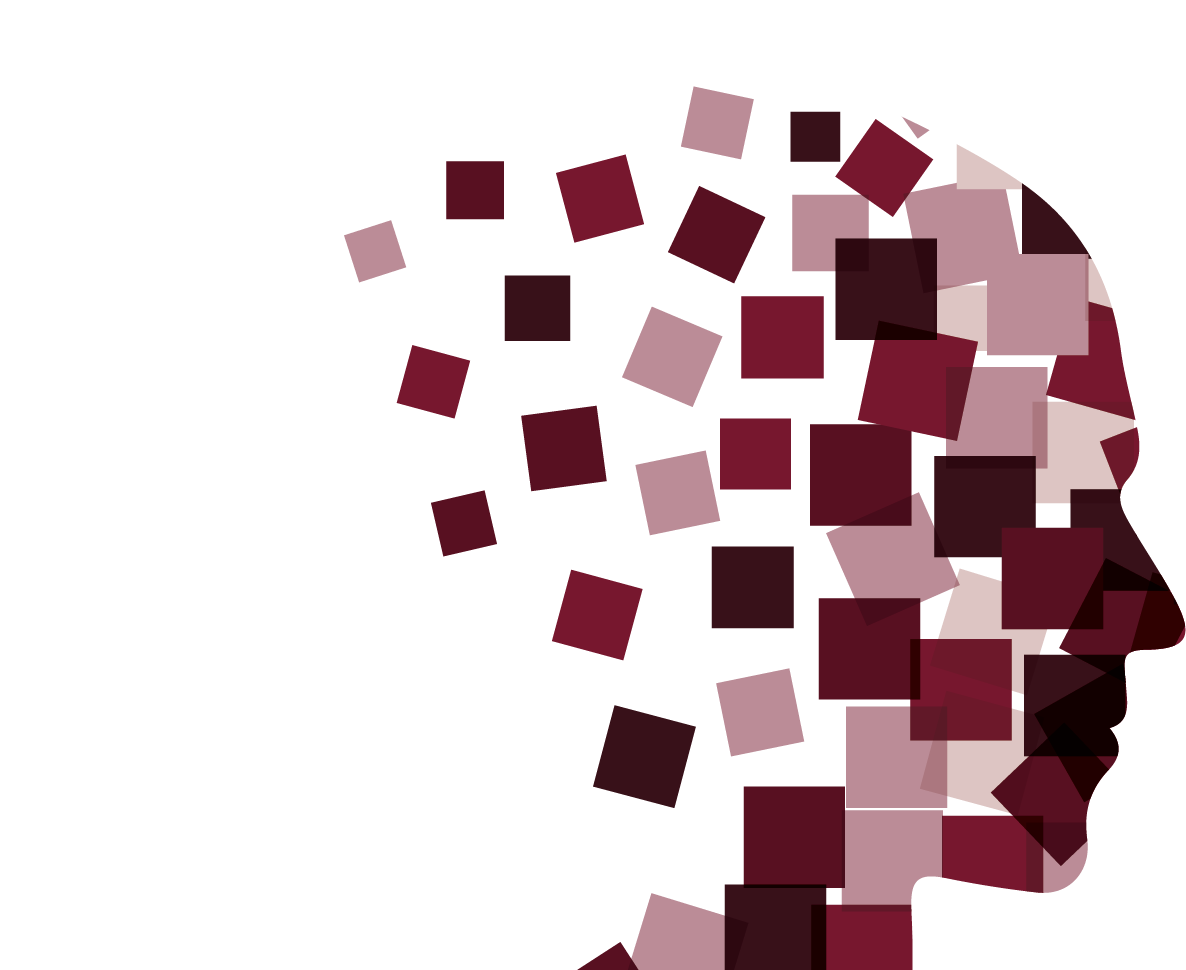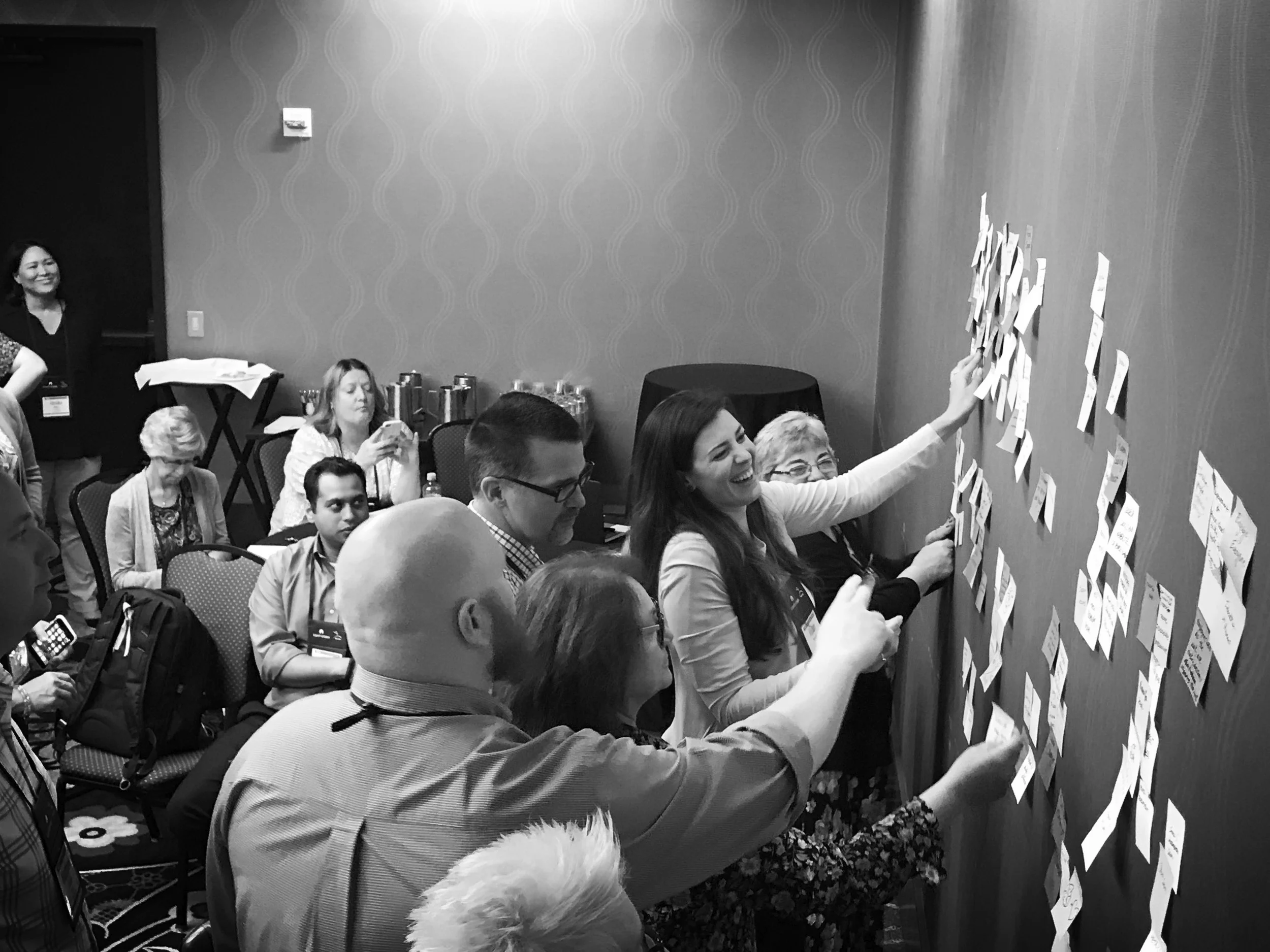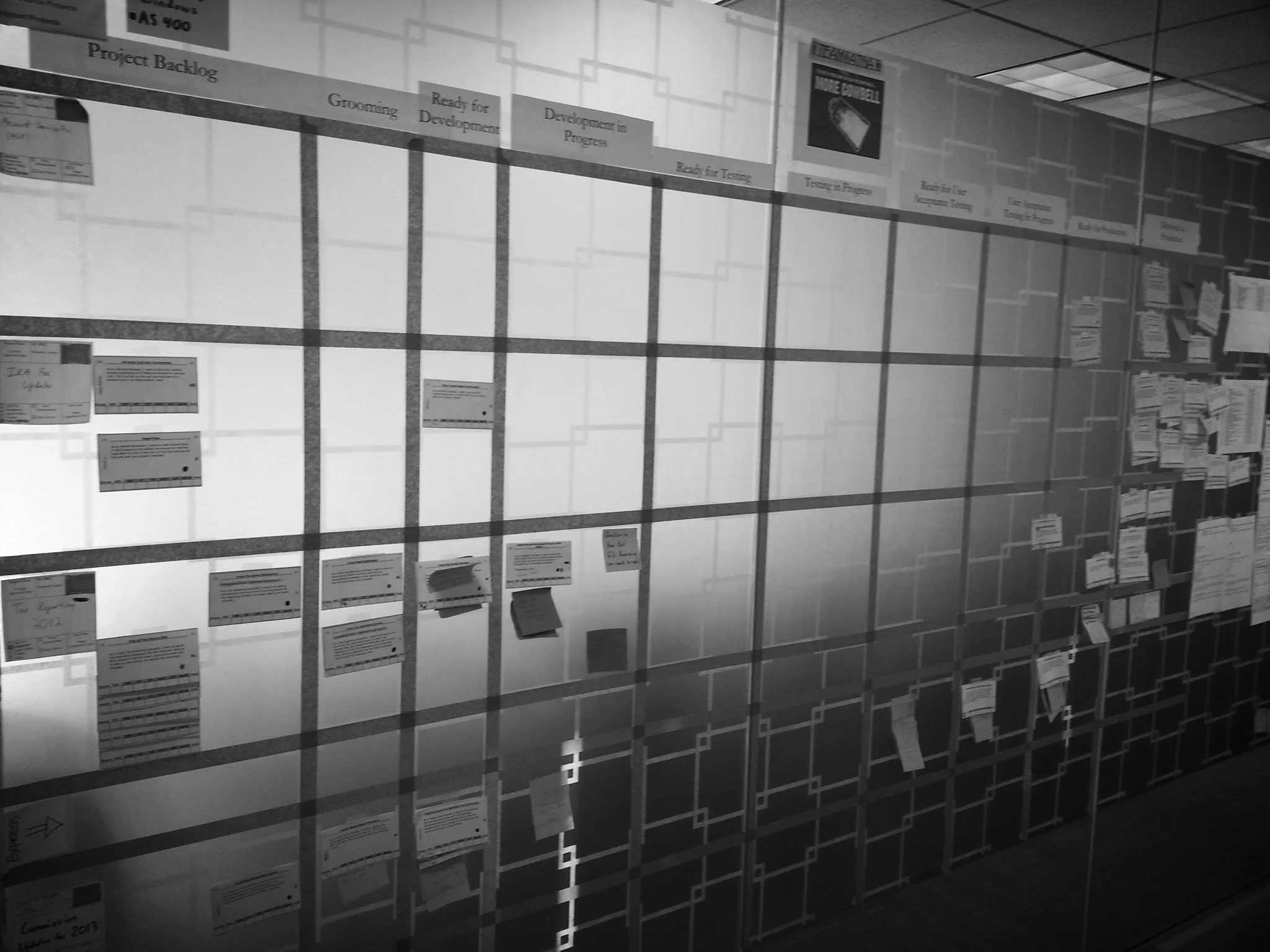The Lean Agile Visual Management Certification and Accreditation Program
Whether you’re a solo-preneur or work in a large team, a workforce "veteran" or just beginning your professional career, join us to learn how to STRESS LESS. FOCUS BETTER, COMPLETE QUALITY WORK, COMMUNICATE and COLLABORATE more EFFECTIVELY, and surface opportunities for CONTINUOUS IMPROVEMENT.
The Pain:
Individuals, teams, and organizations constantly feel the pain of overload. Plagued by constant distractions, ambiguous and ever-changing priorities, and a seemingly endless workload-in-flight, while constantly negotiating (and re-negotiating) deadlines, we can't seem to focus, finish, prioritize, or even plan our day let alone improve our work or the way we go about doing it. But not to worry - this is a solved problem.
The Solution:
Visual management is actively taking the information we all need, but tend to hide, and explicitly making is useful. Seeing workflow, decisions, expectations, improvement, onboarding, and alignment visually leads us all to visualize, track, communicate, collaborate on, and improve your work in a brain-friendly way.
Creator of Personal Kanban Jim Benson, along with Tonianne DeMaria, his co-author for the Shingo Award-winning book Personal Kanban: Mapping Work | Navigating Life, will teach you how to build flexible collaborative systems to understand, plan, and act on real options.
Pre-registration is live for our first cohort with a massive first-wave discount. Learn from whereever you are and at your own pace. Perfect for the Covid-era, both because of the subjects and how the Modus Institute online community supports students.
















